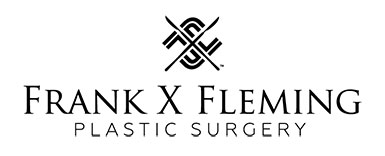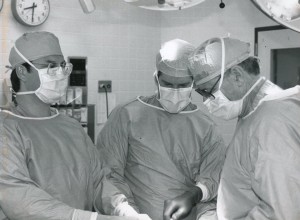10 Red Flags when looking for a Plastic Surgeon.
The decision to have cosmetic or plastic surgery is a big one. Equally as important a decision is deciding WHO will do your surgery.
Below are 10 red flags to watch for.
Red Flag #1
The doctor you are consulting is not a board certified plastic surgeon. You can verify your doctors credentials at: plasticsurgery.org
Red Flag #2
Your surgery will be performed in a non accredited facility.
Accreditation ensures that strict standards are met for proper equipment, safety, surgeon credentials and staffing.
Red Flag #3
During the consultation the surgeon isn’t really listening to you and is giving you one size fits all answers.
Red Flag #4
The office or staff or doctor have an air of unprofessionalism.
Red Flag #5
The surgeon starts finding fault with other parts of your body and tries to sell you on additional procedures.
Red Flag #6
The surgeon tells you that the surgery your are considering has zero risks.
All surgery carries risk. Patients need to be informed of the risks so they can make an informed decision.
Red Flag #7
The surgeon gives deep discount deals. Ask yourself, why? Plastic surgeons price their services based on their skill, experience and demand.
Red Flag #8
During or after the consultation you feel like you have been subjected to high pressure sales tactics to get you to book your surgery.
Red Flag #9
The price is right but your gut is telling you no.
Red Flag #10
During the consultation you are shown before and after photos and it is unclear if these photos are off the internet or legitimate patients of the surgeon.
For patient privacy, I have a limited gallery of before and after photos on my webpage. However, in my office I have an extensive number of before and after photos. Prospective patients can review these during their consultation. These are photos of patients I have operated on.

















